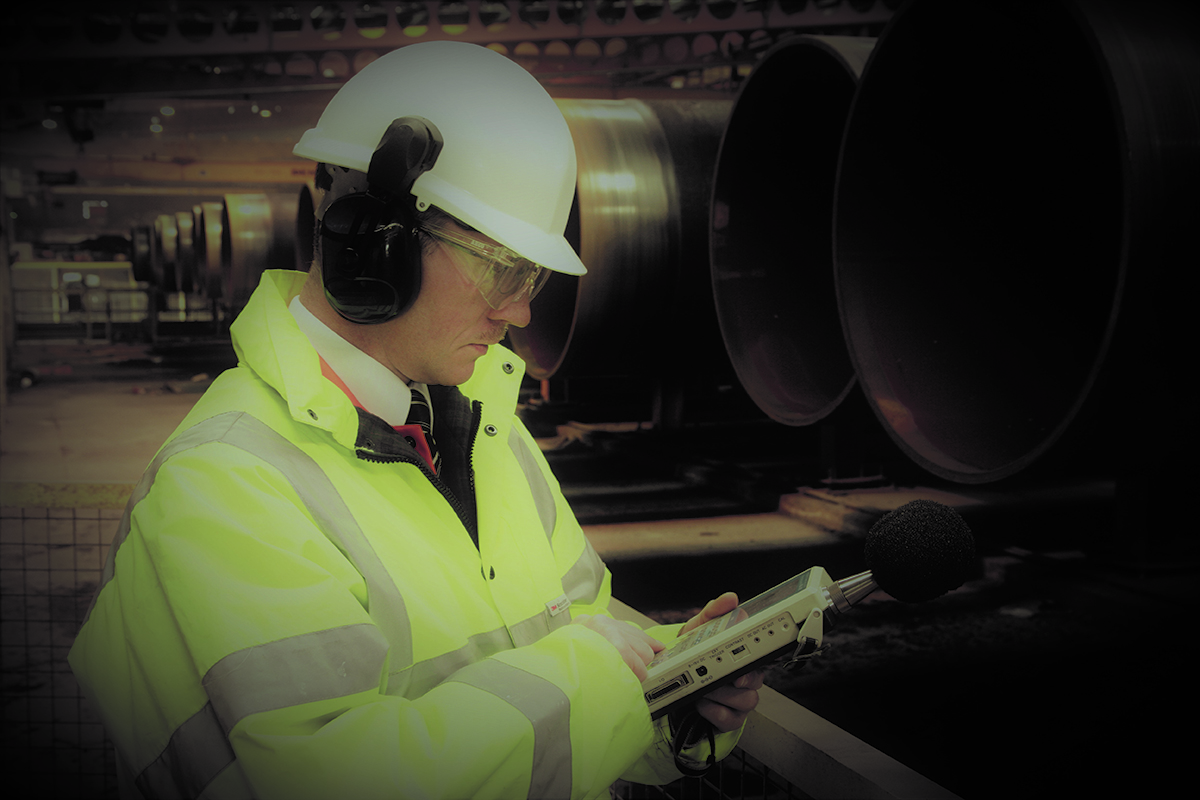- Home
- Science
- Our Work
- Air Pollution
- Agriculture, Farming and Pesticides
- Asthma and other Lung Diseases
- Coronavirus Pandemic (COVID-19)
- Exposure to Chemicals and Dust
- Exposure to Nanomaterials
- Human Exposure
- Neurodegenerative Diseases
- Musculoskeletal Disorders
- Occupational Cancer
- Sustainable Working
- Sustainability and Climate Change
- Stress, Wellbeing and Psychosocial Issues
- COVID-19 IOM Study of Face Coverings in Retail Environments
- Styrene Study
- PROTECT COVID-19 National Core Study
- Firefighters and Cancer – IOM Report
- MORtality Study of Former Professional Footballers in England and Wales (MORSE) Study
- Our Scientists
- Our Expertise
- Nano Material Services
- Development and Management of Data and Information Systems and Services
- Ergonomics Design and Evaluation
- Epidemiological Studies & Methods
- Exposure Assessment
- Health Impact Assessment (HIA) and Risk Assessment
- Policy Evaluations
- Study Design and Statistical Analysis
- Systematic Reviews and Meta-analyses
- Toxicology
- Workplace Cluster of Disease
- IOMLIFET
- IOM Scientists Advocate Tighter Standards for Airborne Dust at Work
- Research Project on Work Related Musculoskeletal Disorders
- Styrene Study
- Firefighters and Cancer – IOM Report
- IOM Library
- Contact our Research Experts
- Our Work
- Occupational Hygiene
- Case Studies
- Air Quality Sensors
- COSHH Assessment
- Dust Exposure
- Environmental Management
- Face Fit Testing
- Hand-Arm Vibration
- Indoor Air Monitoring
- Laboratory Animal Allergens
- Legionella Risk Assessment
- Local Exhaust Ventilation
- Noise Monitoring
- Thermal Exposure Monitoring
- Workplace Exposure Limits (WELs)
- Welding Fumes
- Remote Monitoring Services
- Formaldehyde Exposure Monitoring
- Biological Agent Exposure Monitoring in Waste Management
- Chromium VI
- Occupational Hygiene – Quick Quote
- Lab Services
- Asbestos and other Fibres
- Asbestos Sample Testing
- Asbestos Proficiency Testing
- Dust and Crystalline Silica
- Lead in Paint
- Metals, acid anions, acid gases
- Microbiology
- Pharmaceuticals
- Solvents & Other Organic Chemicals
- Hazard Assessment and Toxicology
- Dustiness Testing of Bulk Powders
- Testing the effectiveness of protective coverall and PPE
- Lab Services Quick Quote
- Hospital Ventilation
- Authorising Engineer
- Dentistry Post Lockdown
- Design Review
- Independent Review
- Diathermic pen and Electro surgical tool testing
- Microbiological Monitoring
- Systems Refurbishment and Upgrade
- Validation and Verification Testing
- HSE COVID-19 Spot Check Inspections
- Training
- Contact Our Hospital Ventilation Experts
- Consultancy
- Our Company
- Contact Us

Formaldehyde Exposure Monitoring
Effectively monitor daily risk and future-proof worker health
A known carcinogen, Formaldehyde is a threat to workforces if not managed and controlled effectively. With no effective substitute in certain industries, the use of formaldehyde and any increased exposure risk, presents real concerns for the workplace and employees. Steps must be taken to reduce exposure to as low a level as is reasonably practicable.
A strong culture of health and safety accountability combined with a programme of active monitoring plays a key role in reducing exposure levels. This approach allows issues to be detected early, protecting workers and ensuring your legal compliance.
Our occupational hygiene consultants help employers identify, manage and reduce exposure to formaldehyde, giving staff peace of mind their health is not under threat.
Our end-to-end formaldehyde monitoring solution
Combining a technological monitoring solution with our trusted independent expertise we offer a unique end-to-end solution. Through measuring the effectiveness of controls whilst providing data on exposure trends and identifying immediate areas of concern, we can help health and safety managers make informed decisions and take action to protect workers.
We can support you with:
- Informing COSHH risk assessments;
- Ventilation checks and COSHH compliance
- Personal exposure sampling and analysis
- Background monitoring using sensors to support exposure data
- Real time dashboard showing trend analysis and providing trigger alerts
- Continual re-assurance that control measures are effective
- Helpdesk support and advice
- Provision of formaldehyde sensors, servicing and replacement of gas nodes when required

